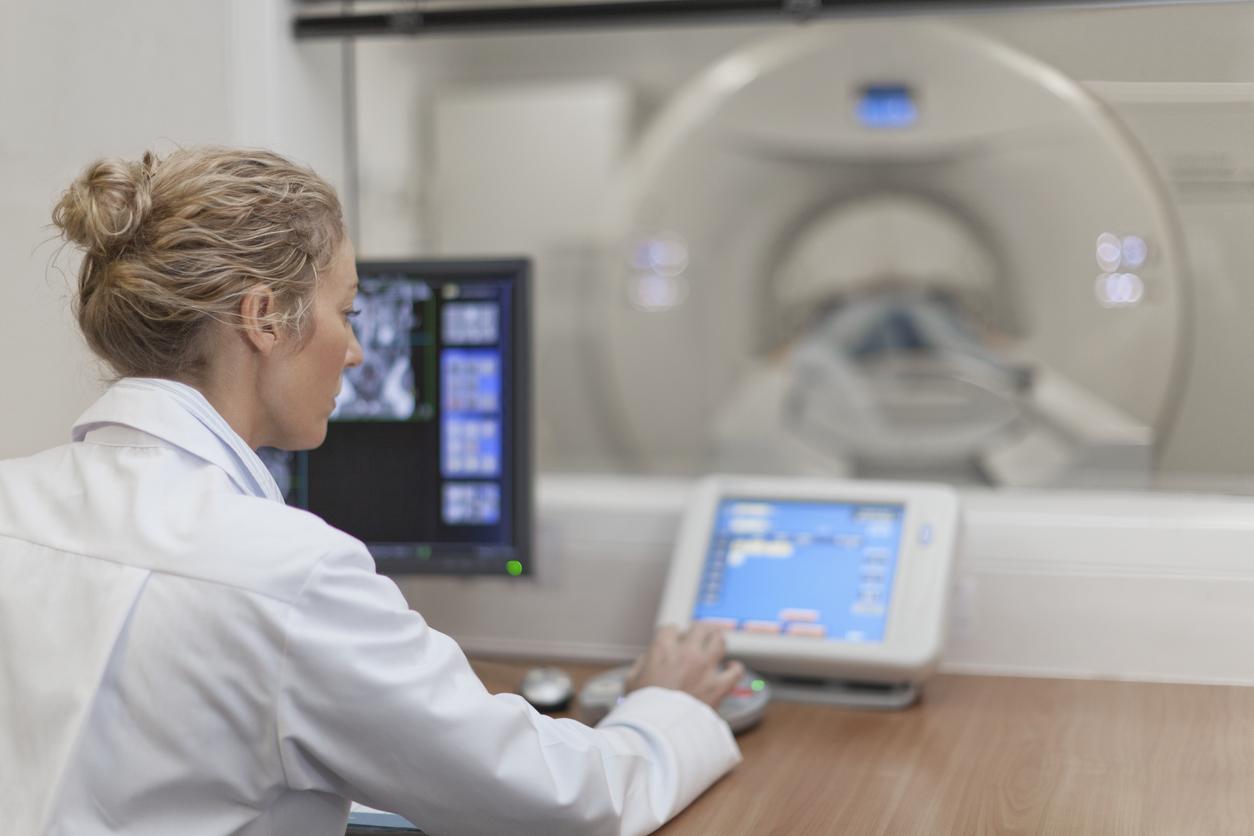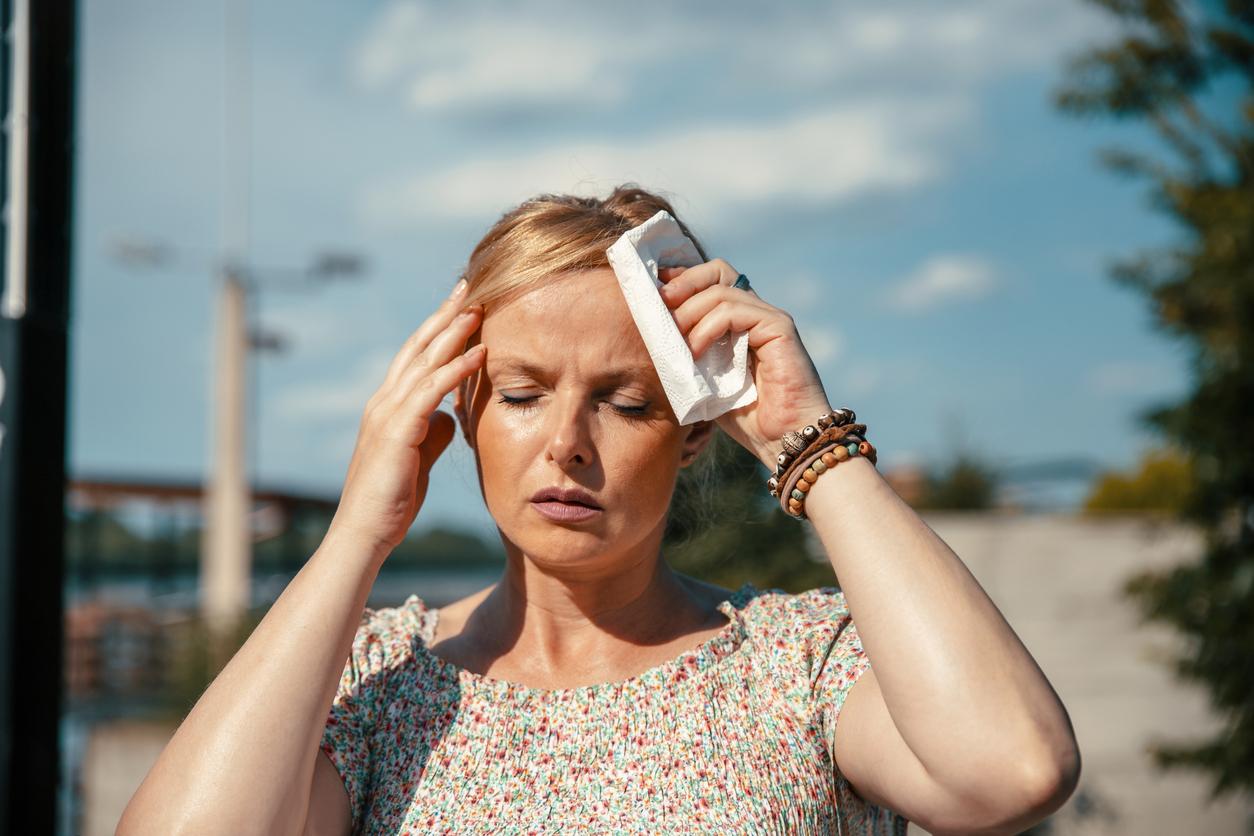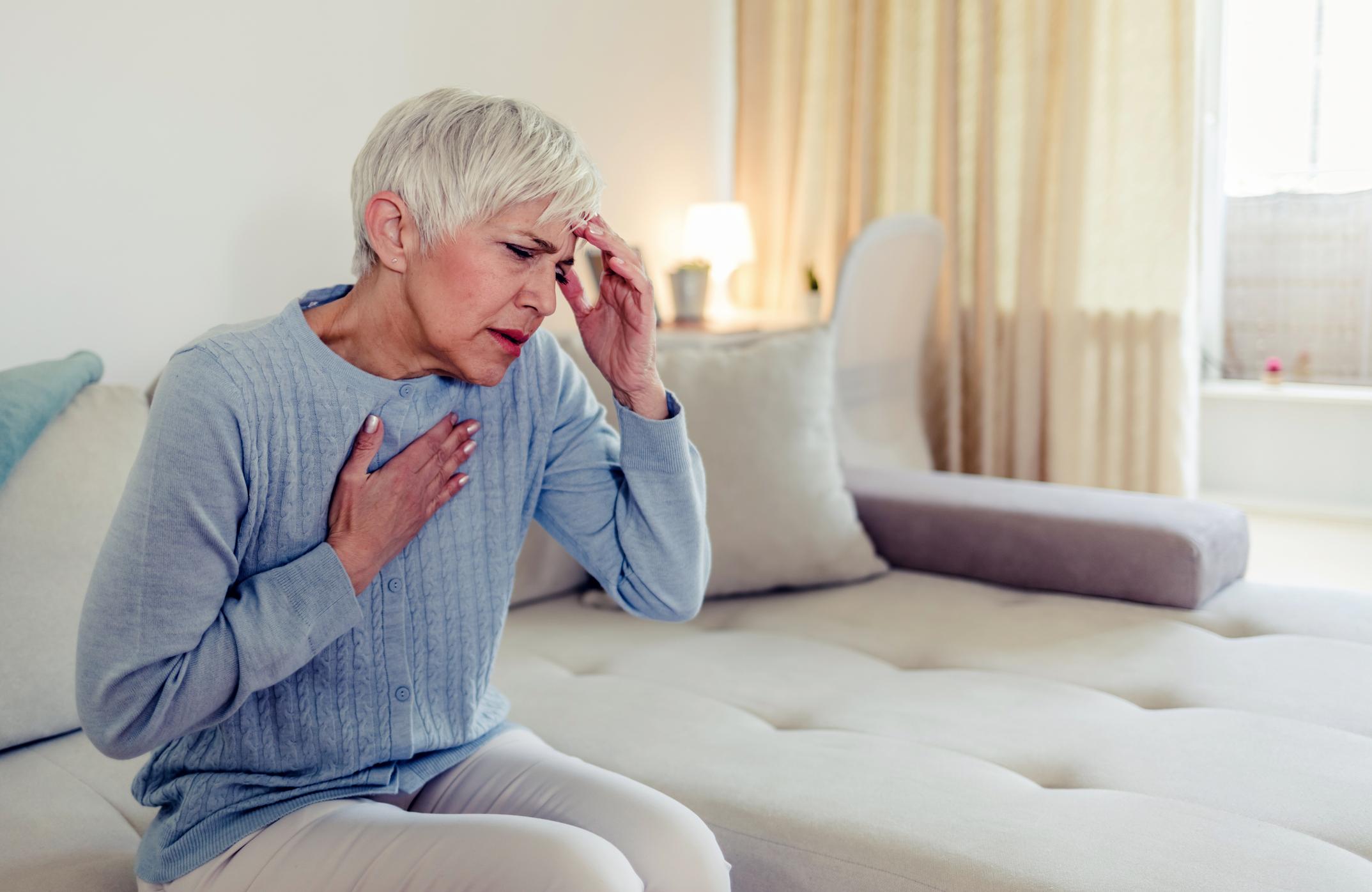
Most people do not recognize a stroke. That is why patients receive help too late. What should you pay attention to, and what should you do? The Heart Foundation answers twelve important questions.
1. A stroke, what is it?
Stroke is a collective name for TIA / cerebral infarction / cerebral haemorrhage, in which a disorder occurs in the blood supply of the brain. As a result, the blood can no longer reach part of the brain and there is a shortage of oxygen.
TIA: a short-term closure of a blood vessel in the brain with temporary failure symptoms. This will pass by itself.
cerebral infarction: a prolonged closure of a blood vessel by a blood clot.
Stroke: A tear in a blood vessel, through which blood flows into the surrounding brain tissue.
2. What are the main signs of a stroke?
The most common signs of a stroke are:
- skewed MOUTH – Suddenly the mouth is crooked or a corner of the mouth hangs down.
- CONFUSED TALK – The person suddenly speaks gibberish or can no longer speak his words.
- LAMME ARM – Suddenly an arm is paralyzed.
The signals sometimes occur alone, but often also in combination. Sometimes people who have had a stroke also suddenly experience:
- Double vision, blurred vision or blindness in one eye.
- A combination of severe vertigo, coordination and/or balance disorders.
- A paralyzed leg.
- In case of a brain haemorrhage: very severe headache.
These signals can also occur alone.
3. How do you know if someone has (had) a stroke?
A test to find out if someone is having a stroke:
- skewed MOUTH – Check: Ask the person to show their teeth.
- CONFUSED TALK – Check: Have the person say a sentence.
- LAMME ARM – Check: Have the person stretch both arms forward and rotate the insides of the hands upwards. See if an arm sinks.
4. What should you do if you only have one signal?
Regardless of the number of signals, the only good action is to call 112.
5. Is there anything you can do for someone who is having a stroke after calling 911?
Put someone at ease and tell them the ambulance is coming. In any case, do not give the person any food or drink. The person can choke because of the paralysis.
6. How common is a stroke?
Unfortunately this is very common. Every day, about 125 people are affected by a stroke. One in five victims (20%) does not survive a stroke: 25 people a day. One in three victims (33%) who have survived a stroke can no longer live independently after discharge from hospital and needs help with daily activities. In the Netherlands, more than 175,000 people are currently living with the consequences of a cerebral haemorrhage or stroke: approximately 91,000 men and 84,000 women.
7. What are risk factors?
Personal and lifestyle
- High bloodpressure
- Smoking (also secondhand smoke)
- Diabetes mellitus (diabetes)
- Atrial fibrillation (a heart rhythm disorder)
- overweight
- Too little exercise
- Elevated Cholesterol
Not impressionable
- Age
- Heredity: cardiovascular disease in father, mother, brother or sister before the age of 65.
- A previous stroke or heart attack
Men and women have the same chance of having a stroke throughout life
(= absolute life-time risk). At age 55, this chance is about 20%.
8. How soon should treatment take place? The sounds about this differ
Every minute the brain doesn’t get oxygen, cells die. It is necessary that the treatment of a cerebral infarction starts as soon as possible. The earlier the treatment can start, the better the result. The thrombolysis treatment can start up to 4.5 hours after the onset of a stroke. An intra-arterial treatment in which the clot in the blood vessel is removed from the inside must take place within 6 hours of the first symptoms.
9. What happens if you don’t do anything?
People can die from a stroke or become severely disabled. The degree of disability from a stroke is determined by the location where the stroke occurred. When a large blood vessel is closed, many brain areas are affected, resulting in severe invalidation or death. If one of the small blood vessels is closed, the restrictions are less.
10. What is the biggest misconception about stroke?
Biggest Misconception: People wait and think it will pass. This causes a huge delay in starting treatment. Acute treatment of stroke (especially cerebral infarction) ensures that brain damage is prevented as much as possible. This allows people to maintain a good quality of life.
11. What does the treatment plan look like?
Also see: https://www.hartstichting.nl/treatments/beroerte
12. Why is the Heart Foundation doing this?
We want to make sure that people recognize the three most common signs of a stroke and call 911 immediately. In this way, people end up in the hospital at the emergency department earlier and we can prevent brain damage as much as possible. In this way people can maintain a good quality of life.
Stroke research is given top priority at the Heart Foundation. Stroke people should get the best treatment as soon as possible. That is why we fund research into new, acute treatment of stroke. Also see: https://www.hartstichting.nl/onderzoek/beroerte
file
Read everything about the (functioning of the) brain in our extensive Plus file.


















